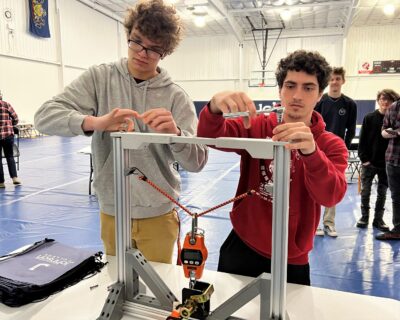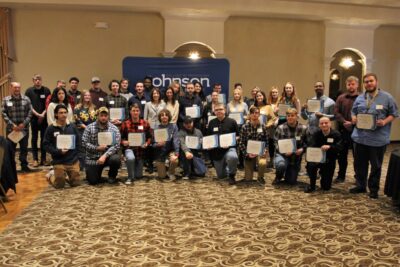Dr. Katie Pittelli, President & CEO of Johnson College, has announced the President’s List of students who have completed the 2022 Fall Semester with a grade point average of 3.90 or higher.
Jacob Banta, Automotive Technology, Trucksville, PA
Dominic Bulzoni, Architectural Drafting & Design Technology, Scranton, PA
Rachel Butler, Architectural Drafting & Design Technology, Lake Ariel, PA
Richard Christianson, Heating Ventilation and Air Conditioning Technology, Susquehanna, PA
Briana Curtis, Electronic Engineering Technology, Blakely, PA
Colton Esslinger, Advanced Manufacturing Technology, Susquehanna, PA
Brandon Grandinetti, Computer Information Technology, Olyphant, PA
Hope Hoanzl, Electronic Engineering Technology, Forest City, PA
Jared Hodorawis, Architectural Drafting & Design Technology, Honesdale, PA
Anthony Kutchmanich, Physical Therapist Assistant, Greenfield Twp., PA
Andrea Marques, Carpentry and Cabinetmaking Technology, Sybertsville, PA
Dustin McAllister, Heating Ventilation and Air Conditioning Technology, Scranton, PA
Chase Notz, Computer Information Technology, Scranton, PA
Devin Nowicky, Radiologic Technology, Drums, PA
Ryan Phillips, Heating Ventilation and Air Conditioning Technology, Dallas, PA
Carley Riefler, Physical Therapist Assistant, Honesdale, PA
Julie Ristics, Computer Information Technology, Dunmore, PA
Thayer Rogers, Veterinary Nursing, Hershey, PA
Devin Walsh, Heating Ventilation and Air Conditioning Technology, Olyphant, PA
Karl Weninger, Diesel Truck Technology, Kingston, PA
Kevin Williams, Heating Ventilation and Air Conditioning Technology, Eynon, PA
Kyle Williams, Electronic Engineering Technology, Greentown, PA









